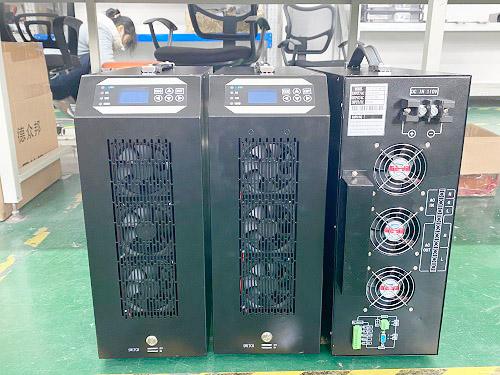
Ẹrọ giga-giga-giga ti o ba yipada Lint-Autji Dirtsamed lọwọlọwọ sinu igbohunsafẹfẹ giga-int-inflit-kalting lọwọlọwọ nipasẹ imọ-ẹrọ iyipada DC / AC, and then boosts the voltage through a high-frequency transformer, and then rectifies it into a high-voltage usually above 300V through a high-frequency rectifier and filter circuit. Direct current, and finally obtain 220V power frequency AC power for the load through the power frequency inverter circuit. Advantages and disadvantages of high-frequency inverters: High-frequency inverters use high-frequency magnetic core materials with small size and light weight, which greatly improves the power density of the circuit, making the no-load loss of the inverter power supply very small, and the inverse Transformation efficiency has been improved.

Usually the peak conversion efficiency of high-frequency inverters reaches more than 90%. Sibẹsibẹ, it also has significant disadvantages. The high-frequency inverter cannot be connected to a full-load inductive load, and the overload capacity is poor.
